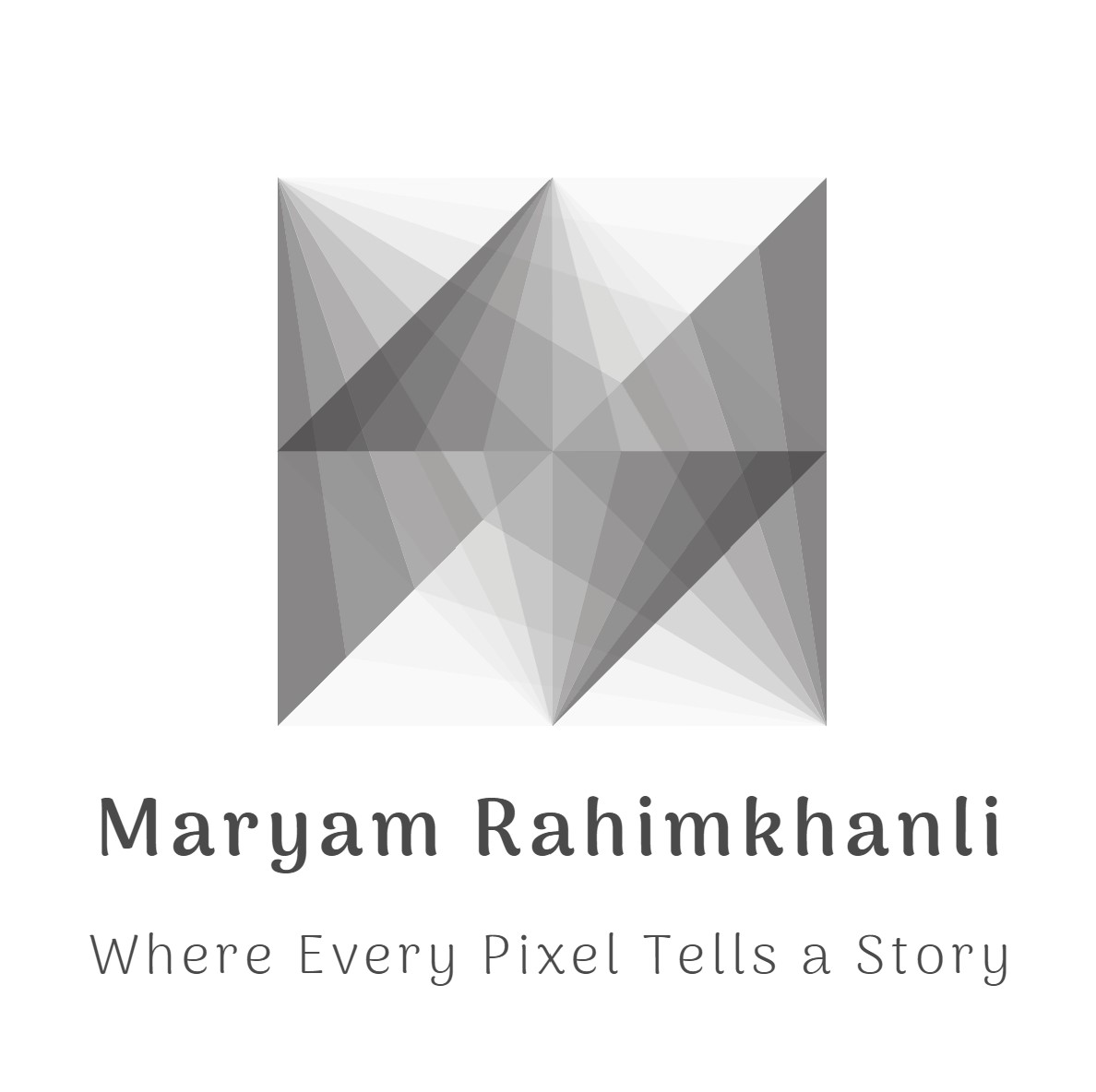When embarking on a web design project, one of the key planning tools used is a storyboard. So, what is a storyboard in web design? It's a visual guide that details the layout, structure, and content of future web pages. Storyboarding provides designers with a blueprint for the user experience, ensuring a well-organized approach that aligns the project team from the get-go. In this article, we'll delve into the storyboard's significance, its components, and the process of creating one effectively.
- A storyboard in web design is a visual organizer that aids in planning the layout, structure, and content of a website, involving steps such as sketching, layout design, and refinement.
- Key components of a website storyboard include sitemaps, wireframes, user personas, user journeys, content planning, and visual elements to ensure clear navigation and positive user experience.
- Effective storyboarding requires in-depth research, understanding the target audience, iterative conceptualization, employing specific tools and software for design, and collaboration for feedback and refinement, while avoiding intricate designs and inadequate research.
Understanding Storyboards in Web Design
In web design, a storyboard functions as a visual organizer for a website's layout, structure, and content. This process sets the stage for a streamlined design process, allowing web designers to visualize and align their creative ideas before the actual creation of the website. The responsibility of developing a storyboard usually lies with the website designer or the agency involved, and it often takes place during the early stages of a web project. Storyboarding is invaluable in the planning process of a new website. It allows the design team to visualize the flow of the user's journey, ensuring a cohesive user experience. It also serves as a website blueprint, keeping all project participants aligned throughout the project, thereby becoming a fundamental part of the website design process.
Definition of a Storyboard
In web design, a storyboard is a visual organizer that assists in arranging the website's layout, structure, and content. Unlike other tools that focus on the visual depiction of website structure and layout, like wireframes, storyboards are used for conceptualizing ideas and ensuring alignment among web project team members. In the website design process, there are various types of storyboards, ranging from simple sketches to wireframes and detailed visual representations. These storyboards outline a website's structure, layout, and content, providing a clear roadmap for the design process.
Purpose and Benefits
The creation of a paneling storyboard website design is a vital strategic step in the website design process. It allows for advanced planning, ensuring a unified vision for the web design team and clarity throughout the design process. To learn more about this, consider following a storyboard website design tutorial. Storyboarding aids in visualizing the final product and developing harmonious design elements, contributing to seamless user navigation and interaction, thus improving the user experience. This process helps web designers to anticipate and address potential issues, ensuring a seamless workflow from the initial stages to the final completion of the website design.
Essential Components of a Website Storyboard
Storyboard creation involves more than just sketching boxes and arrows. It involves meticulously planning and incorporating several key elements such as:
- Sitemaps
- Wireframes
- User personas
- User journeys
- Content planning
These rectangular elements together provide a comprehensive overview of the website's structure, content, and how users will interact with it. The incorporation of these elements ensures that the web design team strategically plans each step of the user's journey on the website. This process helps in visualizing the website's features and functions, identifying the target customer base, and deciding on the content to be featured on each page.
